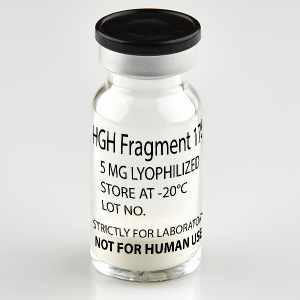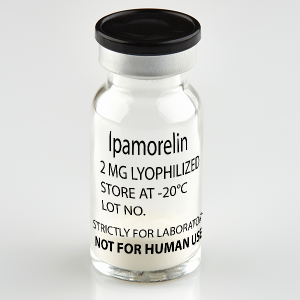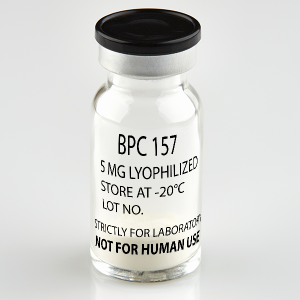
You have no items in your shopping cart.
Additional Information
| Country of Manufacture | Canada |
|---|---|
| Peptide Sequence | Tyr-D-Ala-Asp-Ala-Ile-Phe-Thr-Gln-Ser-Tyr-Arg-Lys-Val-Leu-Ala-Gln-Leu-Ser-Ala-Arg-Lys-Leu-Leu-Gln-Asp-Ile-Leu-Ser-Arg-NH2 |
| Purity | >98% |
| Molecular Formula | C152H252N44O42 |
| Molecular Weight | 3367.954 g/mol |
| CAS Number | 863288-34-0 |
| PubChem ID | CID 56841945 |
| Documents of Analysis | HPLC / SDS-PAGE & MS Available upon request. |
- Be the first to review this product
Peptides will arrive as a lyophilized form. Lyophilized peptides generally have very good stability and the short-term temperature change during shipping should not affect the product quality and efficacy. However, we recommend storing the lyophilized peptides at –20 ° C upon arrival and at this temperature, most lyophilizates can be stable for years without significant degradation.
Peptides are often hydroscopic. The absorption of moisture may decrease the stability and reduce the overall product quality. To avoid this, the vial or tube should be always tightly sealed when moved to or from cold storage, peptides should be allowed to warm to room temperature before opening. We recommend that you only dissolve the needed amount into a buffer. The remainder of the stock should be stored dry at –20 ° C. Aliquots of the remaining peptide solution can be stored frozen for a short term, however, for maximal stability, we recommend re-lyophilizing the solution.
Peptide solubilization often presents a problem for the researchers. We recommend first attempting to determine the solubility by dissolving an aliquot into the buffer of choices by vortexing and sonication if necessary.
If solubility still remains a problem, following our guideline and determine the net charge of the compound may be of help. The charge of each residue of K, R, H, free N-terminal and any additional -NH2 is set at +1; each of D, E and free C-terminal is set at -1. For basic peptides (net charge >= 1), try to add a drop or more of glacial acetic acid (can be up to 20-30% in volume for problematic sequences) to facilitate the dissolution. For acidic peptides (net charge <= -1), 5% ammonia may be helpful for the solubilization.
For difficult hydrophobic peptide (containing high portion of A, V, M, I, Q where the net charge may or may not be 0), try to first dissolve it in an organic solvent such as DMSO and ethanol, etc. or an organic/aqueous co-solvent, then dilute the stock to the concentration and media of choices.
Note: The use of base and DMSO may promote problem for peptides containing cysteine residue with free thiol group.
You may also be interested in the following product(s)
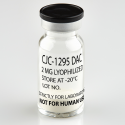
CJC-1295 with DAC 2MG
$89.99
|
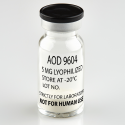
AOD9604 5MG
$89.99
|
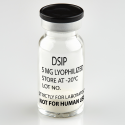
DSIP (Delta Sleep Inducing Peptide) 5MG
$59.99
As low as:
$25.99
|
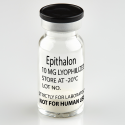
Epitalon (Epithalon) 10MG
$69.99
|

